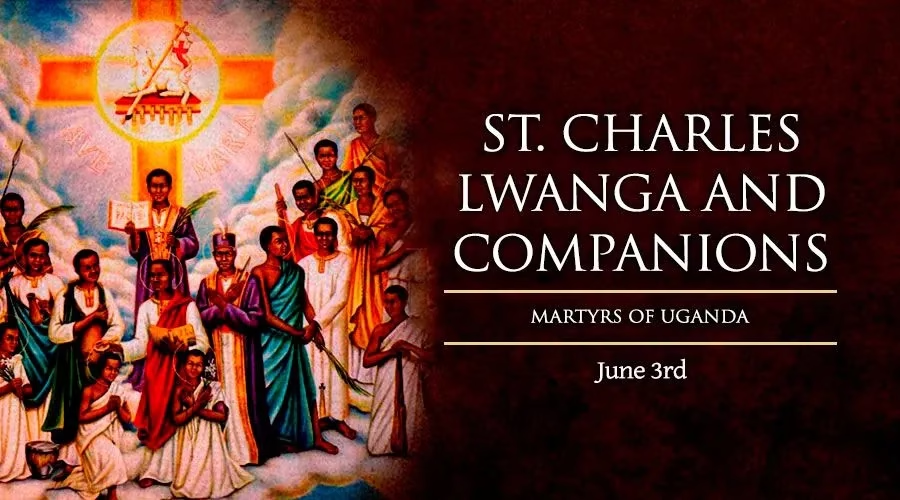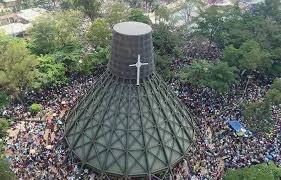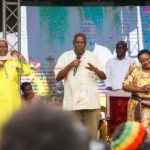The Uganda Martyrs were a group of 45 Christian converts, comprising 22 Catholics and 23 Anglicans, who were executed between 1885 and 1887 for their faith in the historical kingdom of Buganda, now part of Uganda. They were martyred by King Mwanga II, who saw their adoption of Christianity as a threat to his authority.
Key Facts:
Date of Martyrdom: The Uganda Martyrs were killed between January 31, 1885, and January 27, 1887.
Feast Day in the reign of Kabaka Daniel Mukasa Kirevuntende Basammulekkere Mwanga: Their feast day is celebrated on June 3, commemorating their bravery and sacrifice.
Canonization: The Catholic martyrs were canonized by Pope Paul VI on October 18, 1964, while the Anglican martyrs are remembered with a commemoration on June 3.
Shrines: Several shrines have been built in their honor, including the Basilica of the Uganda Martyrs at Namugongo, which has become a major pilgrimage site.

Legacy:
Inspiring Faith: The Uganda Martyrs’ story has inspired countless individuals worldwide, fostering devotion and strengthening the Christian faith.
Cultural Significance: They hold immense historical and cultural significance in Uganda, symbolizing courage and conviction in the face of adversity.
Notable Martyrs:
Charles Lwanga: A prominent Catholic martyr who was killed along with his companions.
Archbishop Janani Luwum: An Anglican archbishop who was murdered in 1977 and is commemorated alongside the Uganda Martyrs ¹ ².



